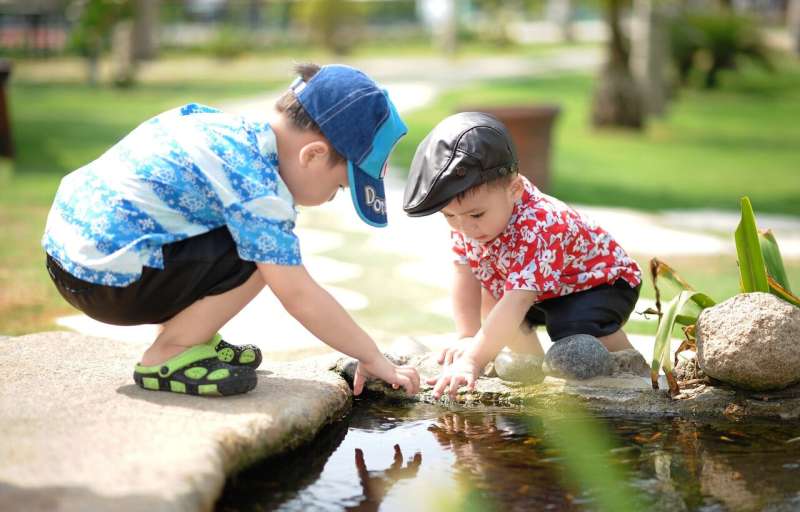Do early therapies help very young children with or at high likelihood for autism?

In an analysis of reviews published between 2009 and 2020 that assessed therapeutic or educational interventions for very young children with or at high likelihood for autism, researchers found that certain types of interventions—called naturalistic developmental behavioral interventions, developmental interventions, and behavioral interventions—can provide benefits, but there were significant limitations in the quality of the evidence and many differences in how studies were performed.
The analysis, which is published in Developmental Medicine & Child Neurology, included seven reviews that summarized the results of 63 studies.
"We have a growing evidence base that supports the importance of early intervention and its ability to promote communication, adaptive behavior, and facilitate social interactions and relationships. However, there are limitations to this evidence base, which leaves families with some work to do in order to understand which approach is the best fit for themselves, their child, or their family," said lead author Lauren Franz, MBChB, MPH, of Duke University Medical Center.
More information: Early intervention for very young children with or at high likelihood for autism spectrum disorder, Developmental Medicine & Child Neurology (2022). DOI: 10.1111/dmcn.15258



















